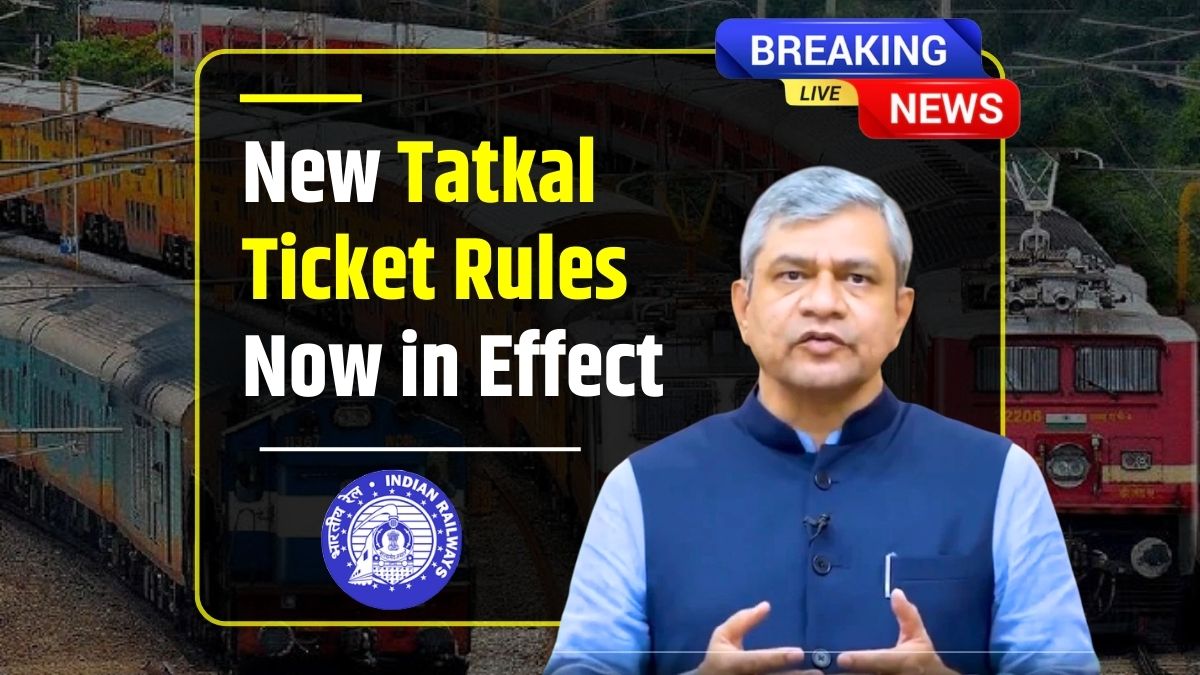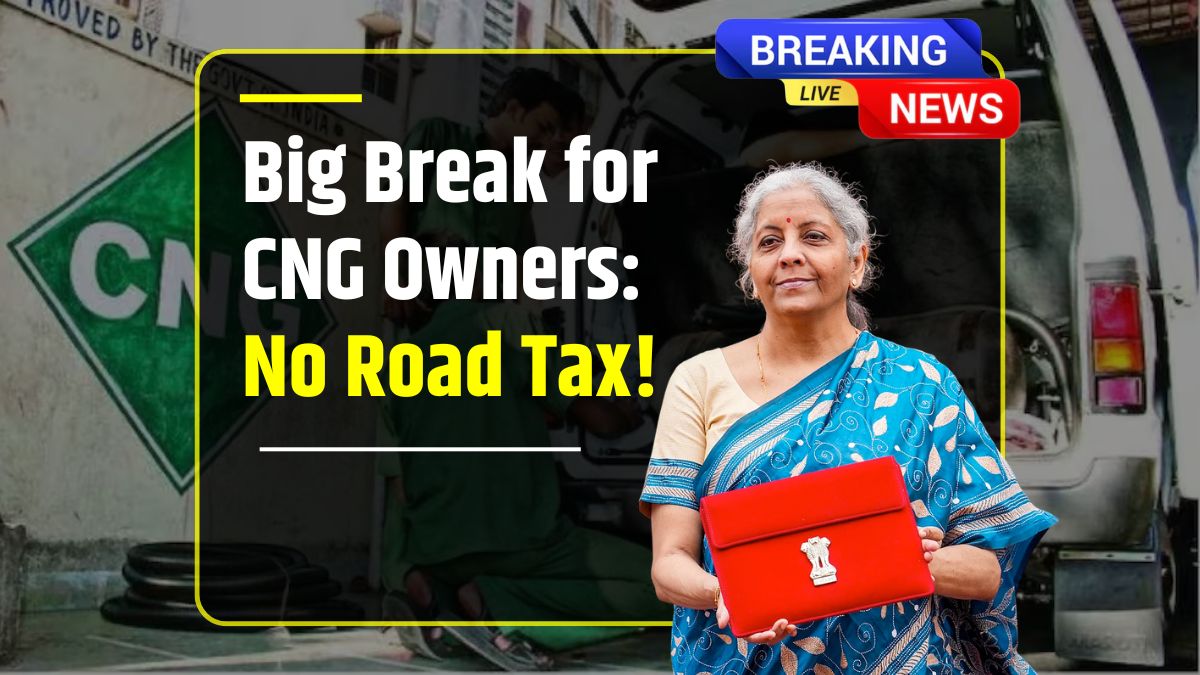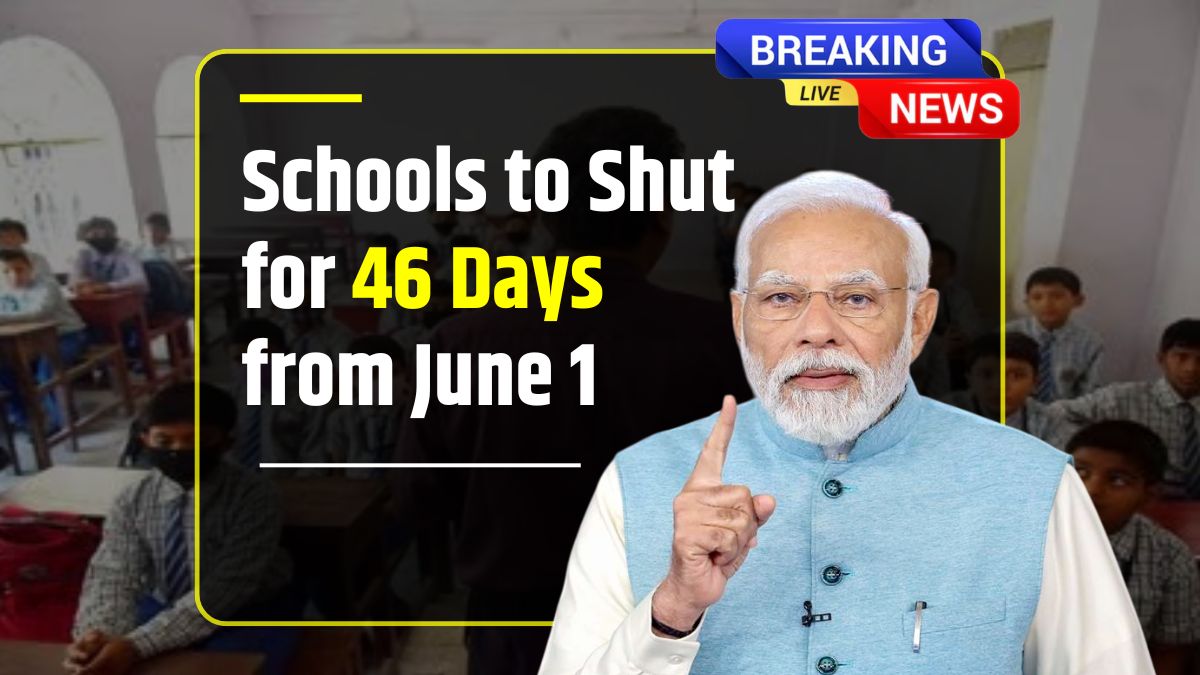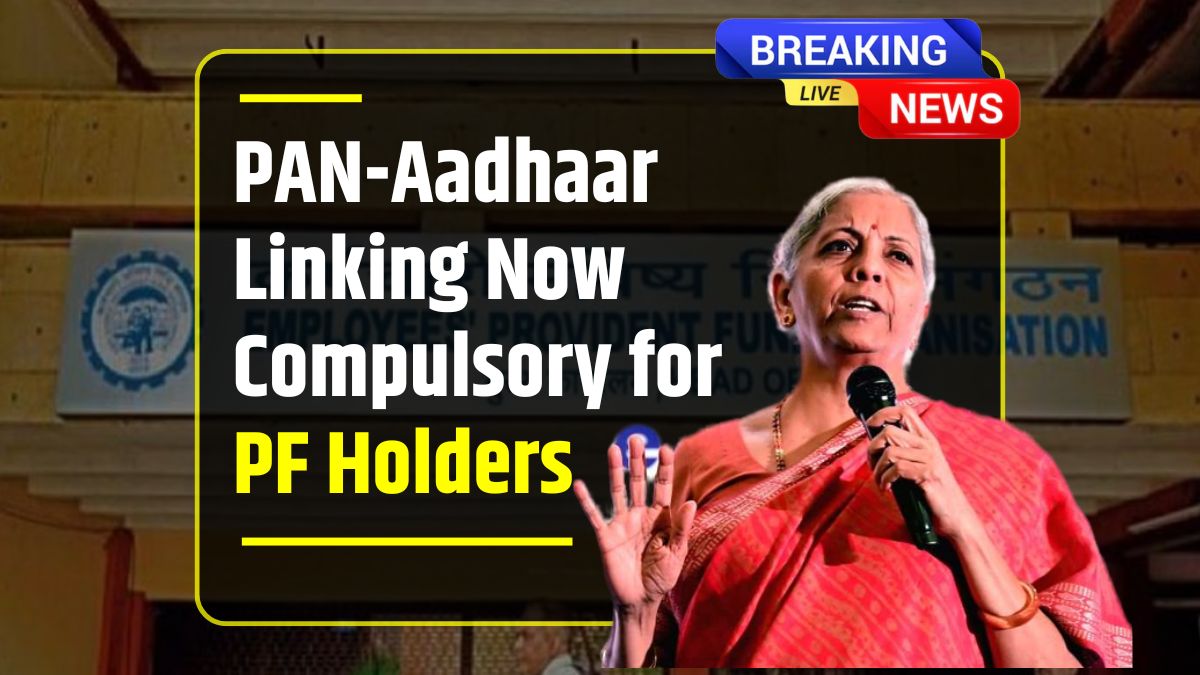Minimum Balance Rules – If you have an account with SBI, HDFC Bank, or PNB, here’s something you need to pay attention to. These banks have recently updated their minimum balance requirements and the charges for not maintaining them—and yes, it could affect your money if you’re not careful.
Let’s break everything down so you know exactly what’s changing, how it affects you, and what you can do to avoid unnecessary fees.
What’s the Deal With Minimum Balance?
Banks have something called Monthly Average Balance (MAB) that you’re supposed to maintain. It means you need to keep a certain amount in your account throughout the month. If your balance drops below that limit, the bank may charge you a penalty.
Now, SBI, HDFC, and PNB have all made changes to how much you need to maintain, depending on the location of your branch (urban, metro, rural, etc.).
Here’s What’s Changed
Let’s take a look at the new minimum balance rules across these major banks:
- SBI: If your account is in an urban branch, you now need to keep ₹3,000. For rural branches, the minimum is ₹1,000.
- HDFC Bank: For accounts in metro cities, the new minimum balance is a hefty ₹10,000.
- PNB: In semi-urban areas, the required balance is now ₹2,000.
In addition to these, all three banks have updated their penalty charges for not maintaining the required balance. The exact amount will vary, but rest assured—ignoring this could cost you.
Quick Snapshot: New Rules & Charges
| Bank | Urban Branches | Metro Cities | Semi-Urban Branches | Rural Branches | Penalty Charges |
|---|---|---|---|---|---|
| SBI | ₹3,000 | – | – | ₹1,000 | Revised |
| HDFC Bank | – | ₹10,000 | – | – | Revised |
| PNB | – | – | ₹2,000 | – | Revised |
How to Avoid the Charges
Worried about forgetting and getting charged? Don’t stress—there are a few simple things you can do to stay on top of your account.
| Strategy | What It Means | Why It Helps |
|---|---|---|
| Check Your Balance | Monitor it once a week or more | Helps you avoid falling below limit |
| Set Alerts | Enable SMS or email balance notifications | You’ll get notified before trouble hits |
| Use Auto-Debit | Automate bill payments from the account | Helps maintain average balance |
A little planning can save you from a lot of headaches (and charges).
What Are Customers Saying?
People are having mixed reactions to these new rules. Some are okay with it because the banks are being more transparent, but others are concerned about the increased burden—especially those who maintain multiple accounts.
| Feedback Area | Positive | Negative | Suggestions |
|---|---|---|---|
| Transparency | Yes | No | Request more clarity |
| Financial Impact | No | Yes | Lower or waive charges |
| Adapting to Changes | Mixed | Mixed | Offer flexible account types |
| Overall Satisfaction | Mixed | Mixed | Improve customer support |
What Should You Do Now?
If you haven’t checked your account balance in a while, now’s the time. Here’s what you should do:
| Step | What to Do | Why It Matters |
|---|---|---|
| Review Account | Look at your current balance | Make sure it meets the new requirement |
| Update Details | Ensure your phone/email is correct | So you get alerts and reminders |
| Visit the Branch | If confused, talk to a bank rep | Get help based on your account type |
Final Thoughts
Minimum balance rules might seem like a small thing, but ignoring them can quietly eat into your savings. Banks are tightening the rules, and it’s up to us to stay informed. The good news is—with a little attention and planning, you can easily avoid charges and keep your banking stress-free.
Stay alert, use your mobile app or internet banking, and if needed—switch to an account type that better suits your financial habits. Being proactive now will save you money later.









